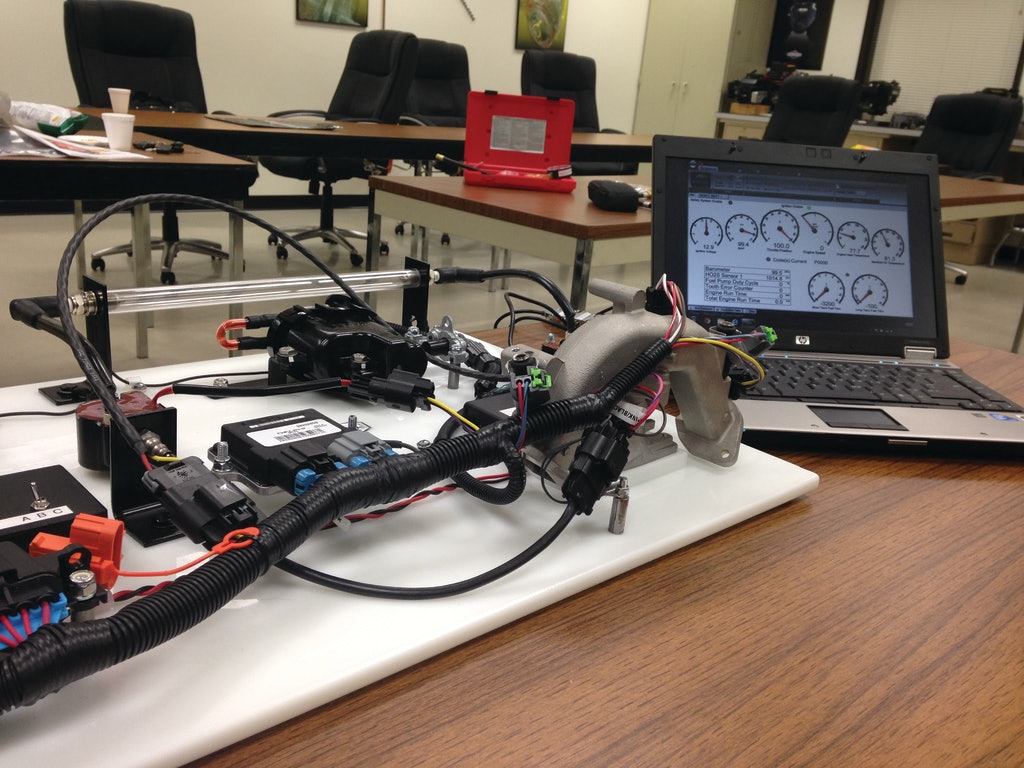
Diesel generators are perfect alternatives as a source of power in the absence of electricity. They come in handy in tricky situations, and that is why generator maintenance is important.
It not only ensures proper functionality but also prevents carbon monoxide generation, increases the generator’s efficiency, prevents fuel problems, prolongs the generator’s lifespan, and ultimately saves you money. But you need proper tools to maintain your diesel generator and keep it running in the pink of its health.
To do so, technicians use several electrical/electronic diagnostic tools for testing and troubleshooting these systems ideal for power generation.
While multimeters, megohmmeters, and clamp-on ammeters are some of the best hand-held tools that are often used, some software-based diagnostic tools are also utilized where manufacturer’s software is installed in a laptop that communicates with generator control systems for diagnostics issues.
This article tells you all about the functions and common uses of hand-held devices as well as software-based tools that will help you make an informed decision. It is suggested that trained generator technicians and licensed commercial electricians should do these specialized jobs so that there are no untoward incidences and you get the best available services.
Table of Contents
Generator Maintenance Tools List
Hand-Held Meters
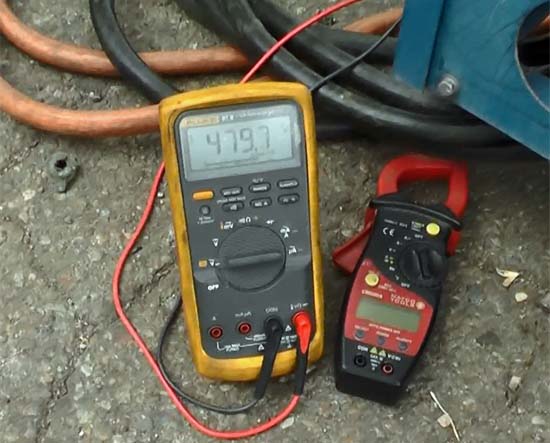
Multimeters – These are the most common and efficient tools that are used by technicians. While mostly they are used to check opens, shorts, and grounds in a circuit, there are several other functions that multimeters can perform. Amongst the more common functions are a selection of resistance, voltage, and amperage. Earlier, analog multimeters were used that provided limited functionalities. But with the advancement of technology, digital multimeters come with several multifunctional capabilities.
Amongst all the tests performed, amperage is considered to be the most difficult one as the circuit is routed through the multimeter. This is unlike the voltage test, where everything is done without opening the circuit. But in amperage, conductors and coils are disconnected while taking the resistance readings. If these readings are above the specified limit, the alternator needs to be replaced or reconditioned. The ideal limit between the coils must be infinite.
Add ons of Hand-Held Meters
As multimeters are the go-to tools for technicians, there are several additional tools available to enhance performance. Some examples include:
- Clamp-on Current Transformer: Enhance standard multimeter with clamp meter capabilities
- Inductive Pick-Up/External Trigger: Technicians can efficiently measure revolutions per minute (RPM) with it
- Pressure Vacuum Module: Digital vacuum and pressure readings can be added to the multimeter through this
- Integrated Temperature Probe: Helps multimeters to check temperatures
Clamp-on Ammeter
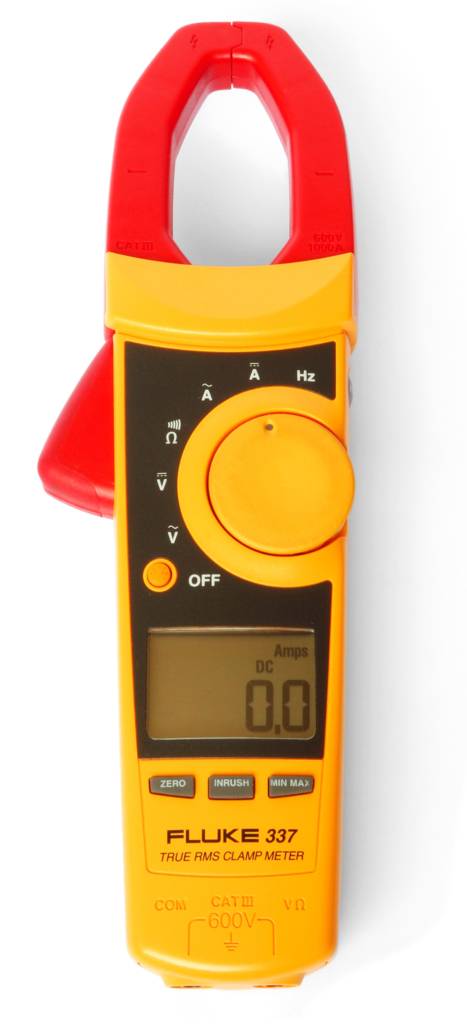
Clamp meter circuit test: The AC and DC clamp ammeters function very differently. The AC clamp ammeters have two soft iron jaws that open and close around the conductor. The passage of electric current produces a magnetic field, which fluctuates proportionally to the load and a current transformer translates these field fluctuations into AC amperage reading. While, in DC clamp-ammeters, DC current passes through a fixed polarity without changing the magnetic field around the conductor. This produces current, which is then translated to DC amperage meter by ammeter hall effect sensor present inside the ammeter.
It is difficult to determine the causes behind a circuit breaker trip. But the ammeters allow the technicians to determine this more quickly and competently.
Megohmmeter
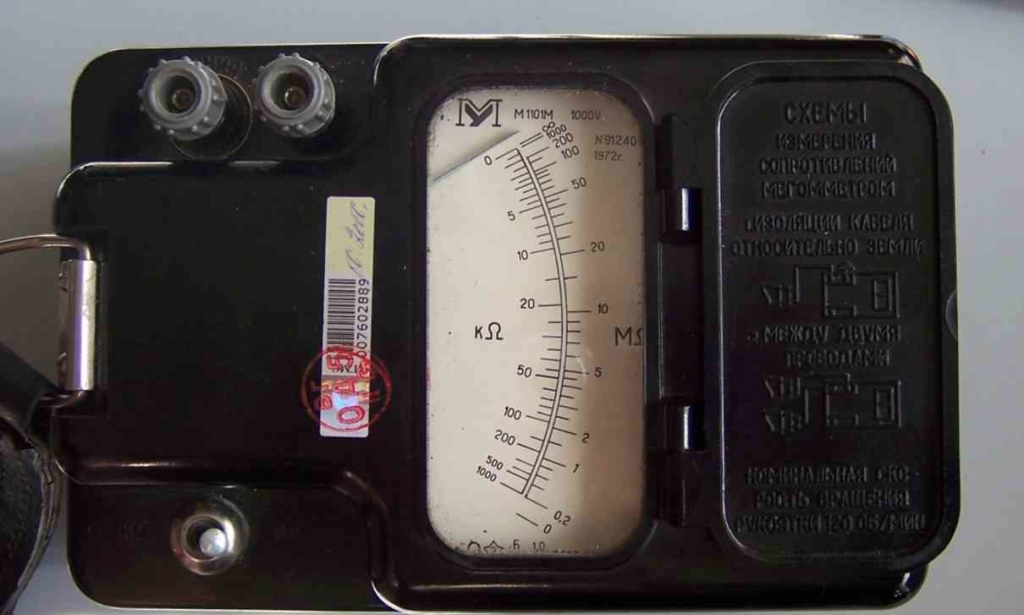
Megohmmeters are often referred to as megger testing or insulation tester. The heat that is produced by electricity passing through the coil or a wire can break the insulation if it goes beyond a stipulated amount. But Megohmmeters can control that. It is the most common practice that insulation is accepted in anything that has a reading of more than 1 mega ohm. And all wires that have heat damage to insulation must immediately be replaced.
All power generations systems, like a diesel generator, can be broadly divided into three components:
- Prime mover: The engine and its support system
- Alternator: The part that generates electricity
- Control system: Supports the engine to handle the load demand
Programmable Logic Control (PLC) configuration is the primary structure of the control system where a power supply converts AC current into DC for the Central Processing Unit (CPU). The CPU transmits the inputs through the I/O portion where both input and output are low voltage DC current. Since these signals are extremely swift, hand-held meters are unable to measure the transitions.
CLICK HERE TO VIEW OUR USED GENERATOR INVENTORY
The inputs are received through components like temperature, speed, and pressure sensors by the CPU, which then calculates the output and disburses proper components. On the other hand, outputs are sent via components like LED, injector fire signals, and internal system relays.
For these kinds of advanced and fast systems, hand-held devices are not efficient enough for troubleshooting, repairing, testing, and monitoring. This is why several manufacturers use advanced electronic service tools to find proper solutions. Such controllers can be used by the technicians for testing, noting the history, and finding detailed operating parameters.
If all of this sounds a little too overwhelming for you, then rest assured you have nothing to worry about! At Swift Equipment, we have a trained team of expert technicians who are adept at Generator testing and maintenance. From in-depth knowledge to the right tools, we have it all that’s required to enhance the life span of your commercial generators!
Generator Maintenance FAQs
What are the benefits of diesel generator maintenance services?
Every machine requires timely maintenance to keep it functioning without damages. Diesel generator maintenance services ensure:
- Small issues from getting worse
- Reduce long term repair cost
- Efficient performance
- Reliable services during emergency usage
- Longer shelf-life
What is defined as a Smart Generator?
It is a diesel generator that provides a wide range of information like fuel level, fuel consumption, coolant level, engine temperature, RPMs, any abnormal noise and its level, the amount of power generated, capacity utilization, and the number of running hours. Smart generators are also capable of flagging off any other abnormalities or problems. Smart generators are efficient tools to keep your machines under check and save them from any kind of functional issues.
What are the most basic yet important functions of Remote Monitoring Systems for diesel generators?
While there are an array of functions Remote Monitoring Systems provide for diesel generators, the most important ones are:
- Parameter monitoring in real-time
- Data analysis for a stipulated time period
- Diagnosing the health of an engine or a generator remotely
- Sounding alarms in case of any discrepancy
- Remote genset management


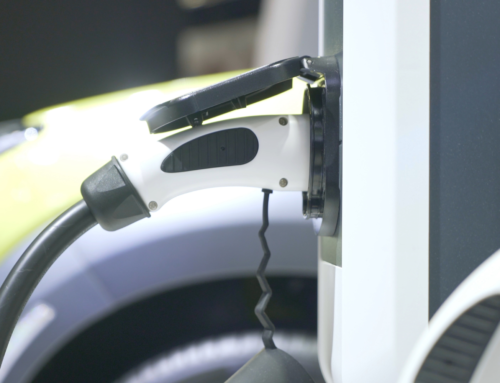



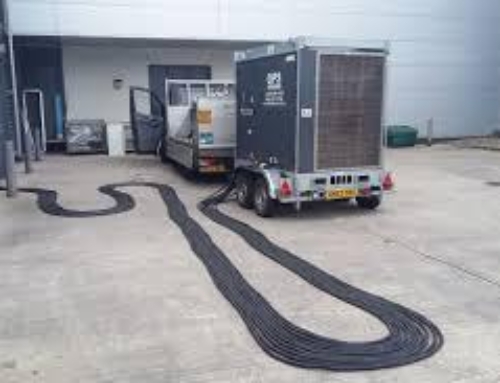
Leave A Comment